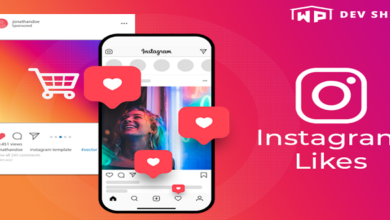Comparing Social Influence Marketing with Other Marketing Efforts

It isn’t enough to deploy social influence marketing (SIM) in isolation of every other marketing effort. If you do, you’re sure to fail. Your customers will notice that you have a disjointed, conflicted story depending on where and how you’re interacting with them. Therefore, it’s important to understand how you can integrate your social influence marketing within your other more traditional marketing — direct mail, public relations, display advertising, and promotions.
Some social influence marketing philosophies are in conflict with traditional public relations, media buying, direct mail, and promotions tactics. It’s no use damning those forms of marketing and alienating your peers who focus on those areas. Put extra effort in partnering with your fellow employees as you practice these marketing techniques. Explain what you’re doing, why you’re doing it, and how it complements their efforts. If you discredit the other forms of marketing and the people behind them, it only hurts you in the long run.
Direct mail
Direct mail is about managing an active customer database and marketing to members of that database via circulars, catalogs, credit card applications, and other merchandising materials delivered to homes and businesses. You’ve probably gotten a lot of direct mail over the years perhaps mountains of it and at some point, you’ve probably wished that these companies would stop mailing you. That’s all direct mail, and whether you like it or not, direct mail has been a very successful form of marketing. The catalog industry logs billions of dollars in sales because of it.
Public relations
Among the earliest proponents of social media were digitalsavvy public relations experts. Many of them entered this space by treating social media just as they have treated the mainstream media. These professionals equated buzz (how much people talk about a specific product or brand) in the social media realm with press mentions in the mainstream media.
These PR experts identified the influential (influence defined as those having the most reach) bloggers and tweeters and started showering them with the same kind of attention that they had been bestowing on the mainstream media. They sent them press releases in advance, offered exclusive interviews, invited them to dinners, commented on their blogs, and carefully tracked how often their brands were mentioned and how positively.
Once a company’s authority and the trust of people have increased, these positive PR mentions are then further leveraged by the marketers by connecting with people through various social media platforms. They try and automate this process using various best tools that associate with different social media platforms. For example, a tool name Kennected is very popular in case you are seeking LinkedIn automation for your company. Marketers use these tools because contacting every potential customer individually to turn it into sales would take a lot of time that can be saved for more important tasks by automating it. Thus, this is how PR turns into an effective form of marketing for any business.
Display advertising
When it comes to buying display advertising (also referred to as media planning and buying) on Web sites where your customers spend time, social influence marketing plays an important role. Display advertising is about identifying Web sites your target customers visit, buying ad space on those Web sites, and then measuring how much those ads are viewed and clicked upon.
It’s as much an art as it’s a science because knowing which sites your customers visit, where they’re most likely to engage with an advertisement (where on the site as well), whether the site charges the appropriate amount for the advertisement, and how much that advertising affects purchasing is not always easy. Trust me. I work with media buyers all the time, and their jobs are harder than you think.
The tattoo culture has experienced a significant rise in popularity over the years, becoming more mainstream and widely accepted. Tattoos have a long and rich history, serving as a form of self-expression and a symbol of cultural significance. From ancient civilizations to modern times, tattoos have held various meanings and purposes.





